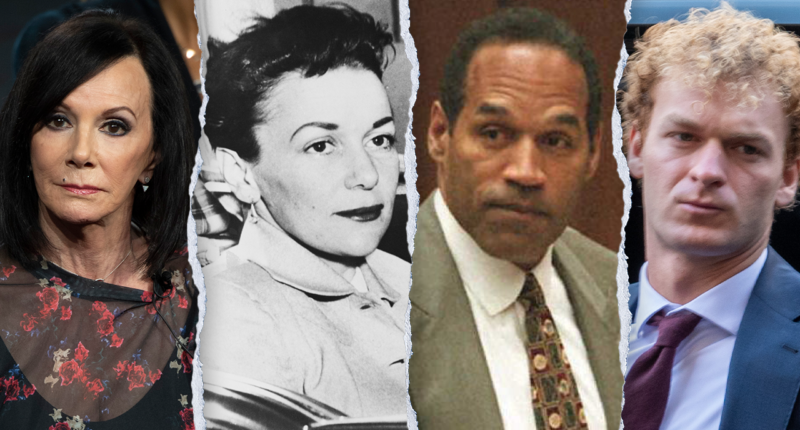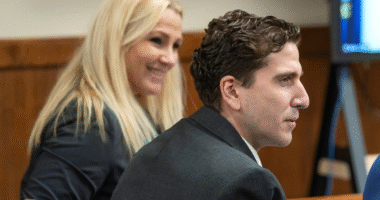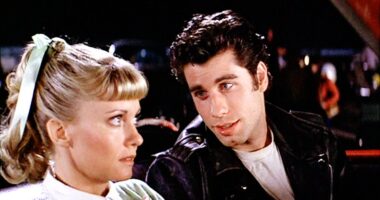Marcia Clark, the former Los Angeles prosecutor known for her involvement in the O.J. Simpson trial, observes that the media has long played a significant role in shaping the outcomes of high-profile criminal trials. However, she notes a positive shift in public awareness, with more access to diverse viewpoints challenging mainstream narratives.
In her latest book, Clark delves into a lesser-known but shocking 1950s murder case that gripped Los Angeles. She highlights the impact of sensationalist reporting by local newspapers, which unquestioningly supported a weak prosecution case, leading to the premature conviction and execution of the prime suspect amid a cloud of controversy.
During a conversation with Fox News Digital, Clark draws parallels between the media dynamics in the 1953 trial of “Bloody Babs” Barbara Graham, the infamous O.J. Simpson trial of 1995, and the recent trial of Daniel Penny. Penny, a former Marine veteran, faced charges of criminally negligent homicide in the death of Jordan Neely following a chokehold incident on the New York City subway.
Regardless of the form of coverage a case gets, it can have a big impact on public perception and put a defendant’s right to a fair trial at risk.
“The whole operation would be highly illegal now,” she said. “The whole case would be thrown out. It would be very debatable whether you could resurrect a case from the ashes of that, because it would be easy, I think, for the defense to say, ‘Look, they’ve been poisoned. The jury well has been poisoned by all of this illegally obtained evidence.'”

Former Los Angeles prosecutor and author Marcia Clark. (Coral von Zumwalt)
At the time, many of the underhanded tactics were allowed, like commuting the sentence of an inmate who convinced Graham to offer payment for an alibi from a man who turned out to be an undercover officer.
“There were a lot of things they were able to get away with back then that they couldn’t today,” Clark said. “But, even so, they pushed the envelope even further and did things they weren’t even allowed to do then, for example, burying John True’s first recorded statement.”
John True was an accomplice turned state’s witness who gave conflicting stories to police, a detail withheld from the defense in a “serious violation of due process.”
Based on evidence the jury never heard, Clark believes that while Graham was at the crime scene and clearly an accomplice, she wasn’t the actual killer. It was True and two other men, Emmett Perkins and Jacko Santo, she believes, who beat and suffocated the victim.
Perkins, Santo and Graham were all executed. True got immunity in exchange for testifying against the others.
“Interestingly, after she was convicted, one of the reporters who had been convinced of her guilt and of her killing Mabel Monahan, went to interview her a number of times and then went and spoke to John True a few times and came to realize that Barbara could not have killed her,” Clark said. “Barbara did not do the pistol whipping. John True likely did.”

















